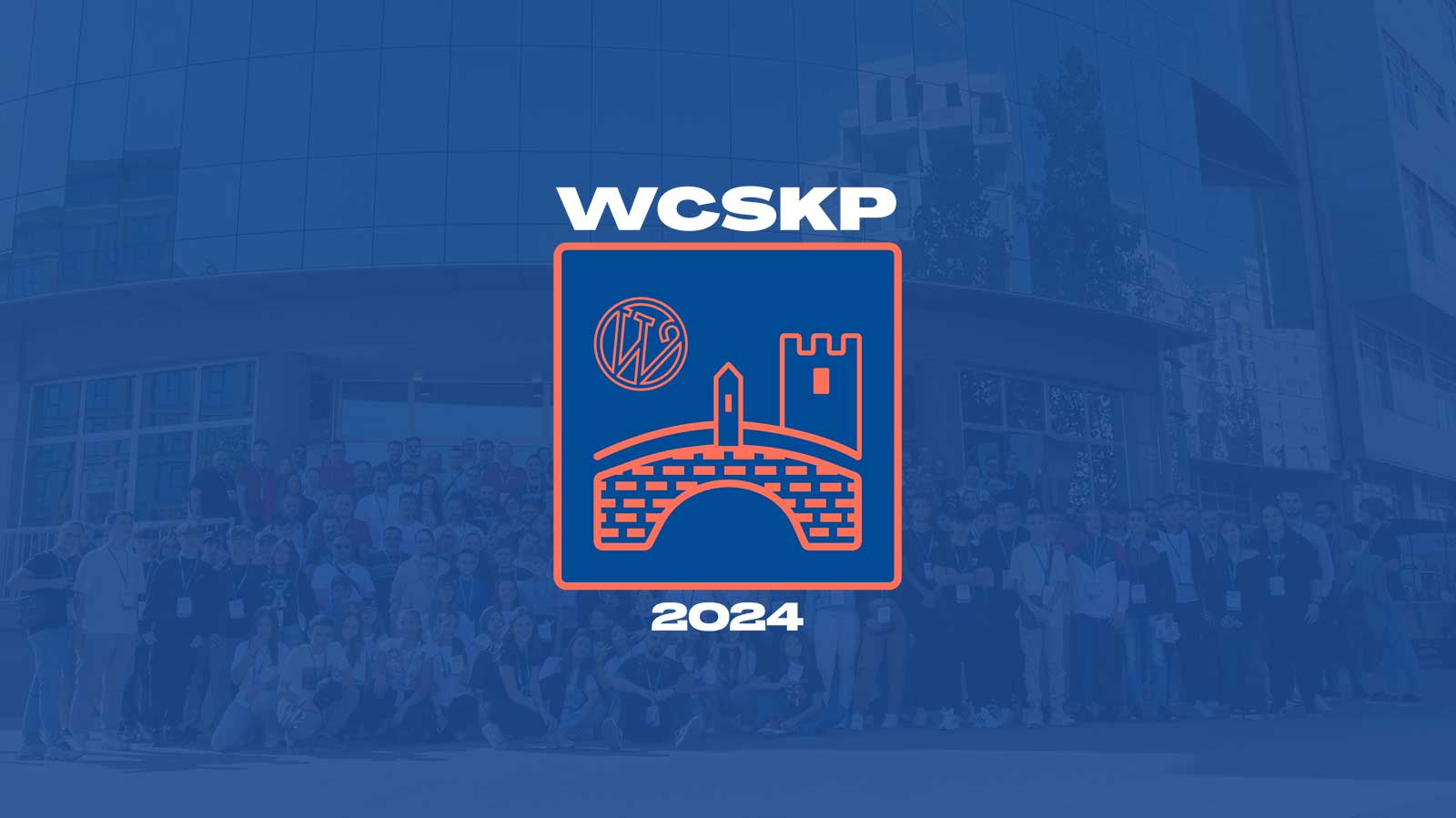Whether you’re a first-time attendee or a WordCamp veteran, there are a few key preparations to keep in mind for the workshops. From bringing the right gear to installing the right software, we want to help you make the most of your experience. In this post, we will walk you through everything you need to know to be fully prepared.
Workshop 1: WordPress Interactivity API, lets make it fun! (language: MK)
Category: Development
Presenter: Tome Pajkovski
Requirements for Workshop 1:
1. Node.js and NPM installed
2. WordPress local installation
3. Code Editor
4. Pre-install the interactivity scaffold:
4.1. Go to the wp-content/plugins folder
4.2. Run through the terminal/Shell
4.3. Copy/Paste: npx @wordpress/create-block –template @wordpress/create-block-interactive-template wordcamp-interactivity-block
Workshop 2: Build the Audience for your blog
Language: MK
Category: Marketing
Presenter: Iva Dujak Gjurgikj
Requirements for Workshop 2:
1. Laptop or tablet to access online tools (Wi-Fi will be available).
2. Notebook and pen (or the notes app on your phone) for taking notes.
3. Any pre-workshop research you’ve done (digital or printed) on your blog’s existing/potential audience.
Workshop 3: WordPress gems for devs: fresh new features you’ll actually want to use
Language: EN
Category: Development
Presenter: Milana Cap
Requirements for Workshop 3:
1. Install the latest WordPress in your local environment (preferably http://wpgems.loc but it can be anything else you want)
2. Install (if not present in your install) and activate Twenty Twenty Two theme (you can use any other theme where it’s easy enough to add a snippet of CSS code)
3. NPM and NodeJS – for creating blocks.
4. WP-CLI – not necessary but we’re going to use it for quick scaffolding the plugin.
5. Copy content of https://github.com/zzap/WordPress-Gems-for-devs/blob/conf/WC-skopje-2024/db/hello-world.txt, and paste it in Hello World post. If your local URL is not http://wpgems.loc, change it to what you chose.
6. In theme’s style.css add the following code:
a[rel~=nofollow] {
background-color: red !important;
color: white !important;
}
